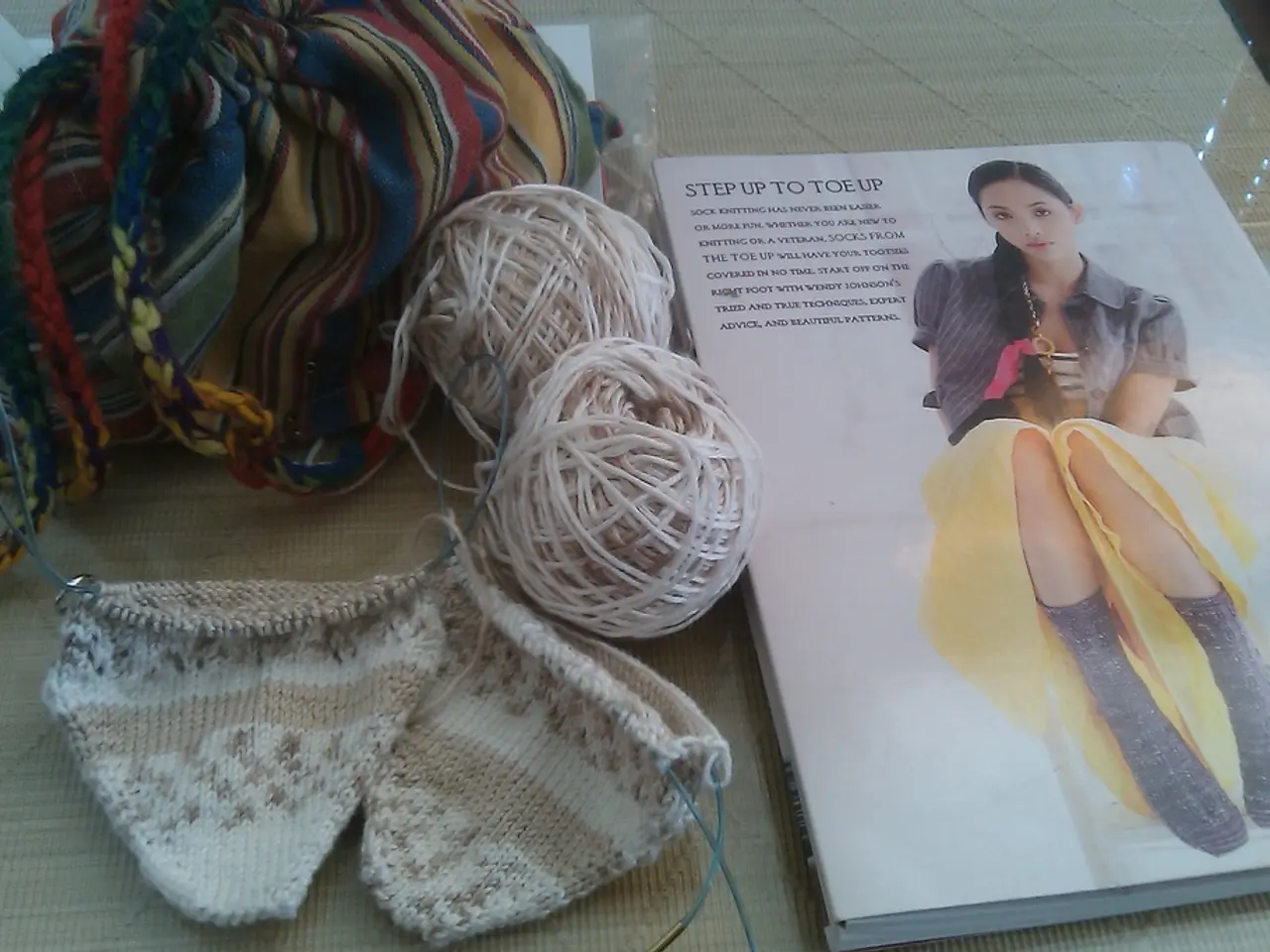Natural Fabrics Boom as Consumers Embrace Sustainability
Consumers are increasingly turning to natural fabrics for their wardrobes and craft projects, driven by a growing awareness of sustainability and eco-friendliness. These fabrics, derived from plants, animals, and minerals, offer a range of benefits from durability to biodegradability.
Natural fabrics, such as cotton from Cambodia and South Carolina, and cellulose-based materials like lyocell and modal from plants like beech and eucalyptus, are gaining popularity. Linen, made from flax, is another lightweight and breathable option, processed using eco-friendly dew-retting methods. Silk, spun by silkworms, and organic cotton are also popular choices for their versatility.
Eco-crafting, a trend encouraging eco-consciousness in craft supplies, has led to this shift. By opting for natural fabrics over synthetic ones, crafters can reduce waste and environmental damage. While viscose is common in high street clothing, lyocell and modal are more eco-friendly alternatives with lower chemical concentrations in processing.
Natural fabrics, ranging from cotton and linen to silk and organic cotton, are becoming the go-to choice for sustainability-minded consumers. Their durability, biodegradability, and reduced environmental impact make them an attractive option for clothing, homewares, and craft projects. As eco-crafting continues to grow, so too will the demand for these eco-friendly materials.






